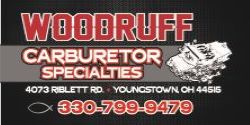Dusty997
Member
Your correct. Just trying to stay ahead of any potential issues based on stuff ive read. I might be swapping to aluminum heads too. Not totally sure yet. Taking all winter to do my research before i touch anything.With a 516 or 915 closed chamber head, quench is possible.
With a stock 69 906, with its completely open chamber, the is NO QUENCH, NONE, unless aftermarket quench reverse dome pistons are installed (or the heads milled about .125!)
I believe the o.p. is anticipating problems. He might not have any. It kinda depends on the quality of fuel available in his area. If he had to run California Cat cat piss 15% he might have problems. 93 available where he is? Probably not a problem.















